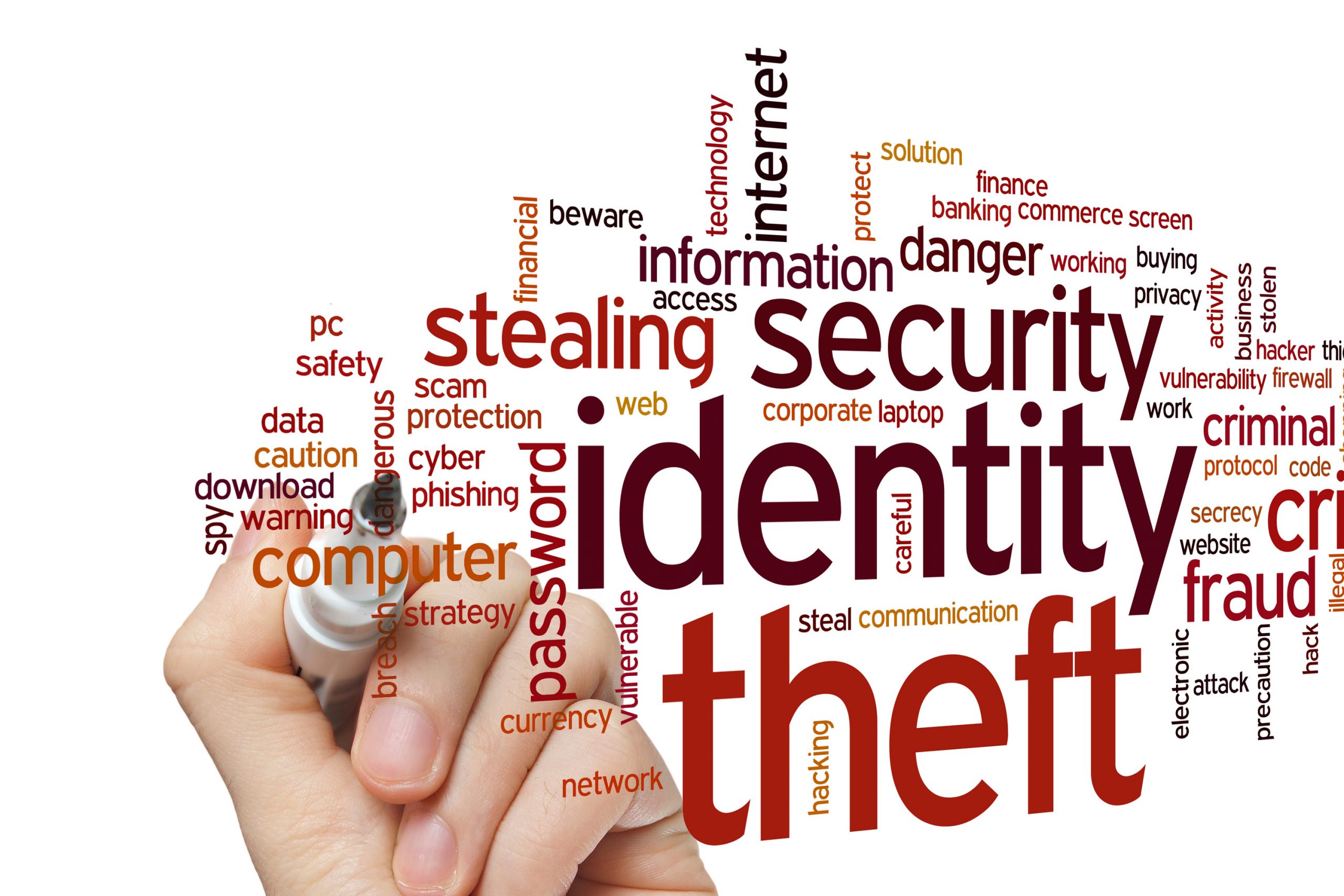How to Prevent and Respond to Identity Theft
How to Prevent and Respond to Identity Theft
Identity theft is a serious crime that involves someone using your personal information, such as your name, date of birth, bank account number, or social security number, without your permission, to commit fraud or other crimes. Identity theft can have devastating consequences for you, draining your bank account, or ruining your reputation. That's why you need to be aware of the common signs and sources of identity theft, and what steps to take if you suspect or become a victim of identity theft.
Common Signs and Sources of Identity Theft
Identity theft can happen in many ways and for many reasons. Some of the common signs and sources of identity theft are:
- Data breaches: A data breach is when someone hacks into a database that contains your personal information and steals it. This can happen to any organization that collects and stores your information, such as banks, government agencies, online platforms, or retailers. If you are notified that your information was involved in a data breach, you should act quickly to protect yourself from potential identity theft.
- Stolen mail: A stolen mail is when someone steals your mail from your mailbox or trash bin and uses it to obtain your personal information. This can include letters, bills, statements, checks, cards, or documents that contain your name, address, account number, or other sensitive information. If you notice that your mail is missing or tampered with, you should report it to the police and the postal service immediately.
- Fraudulent transactions: A fraudulent transaction is when someone uses your debit card or bank account without your authorization to make purchases or withdrawals. This can happen if someone steals your card or card details, clones your card with a skimming device³, or hacks into your online banking accounts. For example, in 2018, a woman was arrested for using a cloned debit card to withdraw over N500,000 from another person's account in Abuja. If you notice any unauthorized or suspicious transactions on your debit card or bank account, you should alert your bank and the police as soon as possible.

Source: [Pixabay]
Steps to Take If You Suspect or Become a Victim of Identity Theft
If you suspect or become a victim of identity theft, you should not panic or ignore it. You should act quickly and follow these steps to limit the damage and protect yourself from further harm:
- Contact your financial institutions: You should call your bank, debit card issuer, or any other financial institution that holds your accounts and inform them that your information has been compromised or used fraudulently. You should ask them to freeze or close your accounts, cancel or replace your cards, and reverse any unauthorized transactions. You should also request a copy of your account statements and transaction history for your records.
- Place a fraud alert or freeze on your debit cards: You should contact the Nigeria Inter-Bank Settlement System (NIBSS) and request them to place a fraud alert or freeze on your debit cards. A fraud alert is a service that notifies you whenever there is an attempt to use your card for online or offline transactions. A freeze is a service that blocks any transaction on your card until you unfreeze it. You can place a fraud alert or freeze on your debit cards by dialing a set code (differs with banks) on your phone and following the instructions.
- File a report with the police: You should report the identity theft to the nearest police station and obtain a copy of the police report. The police report can help you prove that you are a victim of identity theft and support your claims with your financial institutions or other parties. You should provide as much evidence as possible to the police, such as copies of your identity documents, account statements, transaction history, fraud alert or freeze confirmation, and any other relevant information.
- Monitor your accounts and credit reports: You should monitor your accounts and credit reports regularly and look for any signs of identity theft, such as new accounts, inquiries, or debts that you did not authorize or recognize. You should also update your personal information, such as your address, phone number, or email address, with your financial institutions and other parties that you have accounts with. You should also change your passwords and security questions for your online accounts and enable multi-factor authentication if possible.
Source: [Pixabay]
Conclusion
Identity theft is a serious crime that can affect anyone at any time. It can cause you financial loss, emotional distress, and reputational damage. That's why you need to be vigilant and proactive in protecting your personal information online. By following some best practices for preventing identity theft, such as being careful with your mail, checking your account statements, and using secure Wi-Fi networks, you can reduce the risk of becoming a victim of identity theft. And by following some steps for responding to identity theft, such as contacting your financial institutions, placing a fraud alert or freeze on your debit cards and monitoring your accounts and credit reports, you can limit the damage and recover from identity theft.
I hope you found this blog post helpful and informative. If you have any questions, comments, or feedback, please feel free to leave them below. And don't forget to visit cypratech.bloigspot.com daily for more tips and tricks on personal information security. See you next time!

Comments
Post a Comment